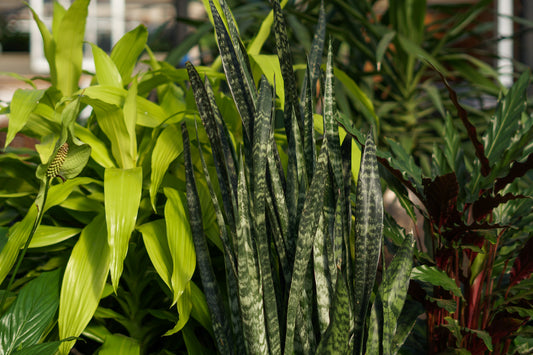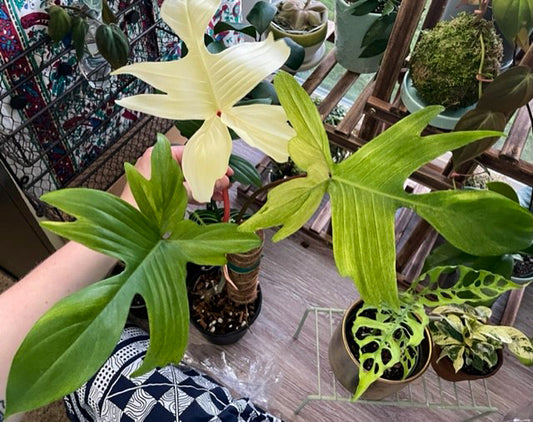Mason Bees are gentle, plump, dark-colored bees. They are among the first bees to fly in cool, wet spring weather. You can be a part of the Mason Bee revolution by raising Mason Bees in your backyard!
Spring Mason Bees are perfect for pollinating flowers, fruit and nut orchards, and berry patches. Mason Bees are super cross-pollinators because they are not picky about where they go and, as a result, they increase your garden’s yield!
The large-scale effort to raise these local, native, and hard-working Mason Bees for orchard and farm pollination is only a few decades old. Here’s a brief introduction to raising Mason Bees and why we love them:
Who
Native. Native across North America!
Generalists. Non-discriminatory on their pollen sources, they visit a variety of flowers, making them excellent cross-pollinators.
Mason. Named for their habit of using clayish soil/mud to build protective walls on their holes.
Gentle. Non-aggressive: because they do not have a hive and stores of honey to protect.
Solitary. Too busy working to bother humans.
What
Nest. Mason Bees nest in tube-shaped homes, and they cover the openings with clay.
Alternate. Only sting as a last resort, and they lack the Honeybee’s venom. They are a great alternative for those allergic to Honeybees.
Hard Workers. Collect as much pollen as they can, lay eggs, and build nests.
No Honey. They leave a nectar and pollen ball under each egg.
Why
Prolific. A more prolific pollinator than Honeybees (up to 160 times better, according to some sources!).
Early Spring. They are some of the first bees to fly in cool, wet spring weather (yeah, we’ve got some of that) – making them excellent pollinators for spring-blooming fruit trees and berries.
Yield. Mason Bees are not picky when it comes to pollen. They meander from flower to flower based on the strongest signals. As a result, they cross pollinate very effectively creating a higher yield in your garden.
Support. The world’s Honeybee populations are under stress. Supporting our native Mason Bees is a great way to counteract and supplement the Honeybees.[vc_single_image image=”1653209″ img_size=”large” add_caption=”yes” style=”vc_box_rounded” css=”.vc_custom_1582640069046{margin-bottom: 0px !important;border-bottom-width: 0px !important;padding-bottom: 5px !important;}”]
How
Pollen. They carry dry pollen on their bellies (Honeybees wet it and carry it on their legs). Pollen scrapes off their bellies as they enter and exit the tubes.
Babies. Baby Mason Bee larvae hatch and eat a pollen and nectar ball their mother has left under their egg, then begin to pupate into adults.
Work-Work-Work. They spend all spring working, then begin to hibernate in early summer.
Hibernate. They are fully formed adult bees inside of their fuzzy cocoons.
Next Gen. Emerge the following spring when the daytime temperatures are consistently 55 degrees or above.An identified kleptoparasite, the Houdini Fly, is affecting Mason Bee larvae in Washington state. With care, home hobbyists can reduce the impact.
Washington State Department of Agriculture Pest Alert, February 2020



